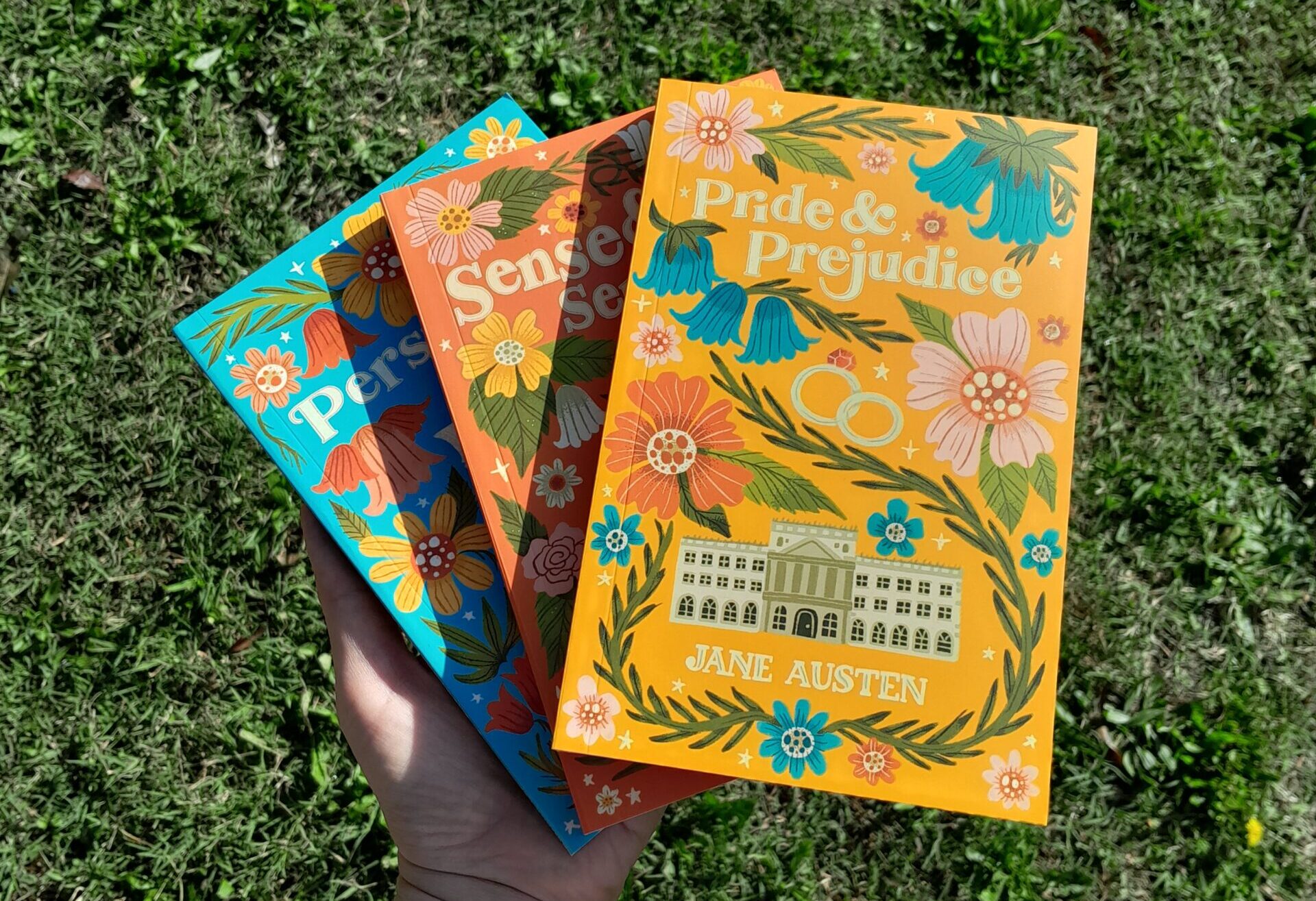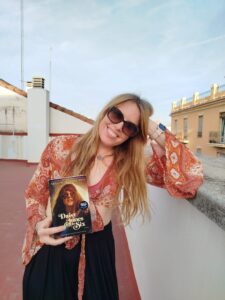“We all know him to be a proud, unpleasant sort of man; but this would be nothing if you really liked him.”
Austen’s Pride and Prejudice is a classic and her most known and loved work. In the previous century and the first decade of this one, a number of adaptations of the novel were made. Films, TV series, plays and even books were inspired by the novel. There’s a manga too, in case you’re into that.
In this blog post, I’ll focus on the two best-known adaptations that were released in my lifetime. These are the 1995 TV Series featuring Colin Firth (and his wet shirt) and the 2005 film with Keira Knightley. Let’s get into it.
The Story itself
The novel takes place at the beginning of the 19th century in rural England. It tells a story of an era in which women’s future was dependent on who they married (and how much money the guy had). Elizabeth Bennet has four sisters, a mother and a father. The house the family lives in is theirs, they even have servants, but the biggest fear of Mrs Bennet is that her daughters will end up poor and unmarried. The reason for that is that women were unable to inherit back then. After their father’s death, all his fortune would go to his nearest male relative: the girls’ cousin Mr Collins.
Elizabeth refuses Collin’s proposal of marriage despite her mother’s wishes and the fact that this would grant her a comfortable life and help her family. She wants to marry for love and love only. Elizabeth is true to herself, speaks her mind and cares for her family deeply, even though she sees them for who they really are, with all their bad sides. She’s a likeable character in every sense.
Pride and Prejudice: The Book
In the novel, we see the world through Elizabeth’s eyes. The focus is on women, on how hard it was to be a woman at the beginning of the 19th century and on how strong Elizabeth was despite this. The story follows her development as a young adult. By the end of the book, she learns the dangers of hasty judgment and knows how to differentiate between superficial and actual goodness.
The story wittily and beautifully depicts the manners, class differences, education, and importance of money and marriage in the Regency era in England. It’s an interesting and often funny read that keeps you engaged until the very end. It’s a love story with a happy ending, but it’s also so much better than this makes it sound.

Pride and Prejudice: The TV Series
The TV Series Pride and Prejudice was made for those who read the book and also for those who didn’t. The first group isn’t let down by it, and the second gets an excellent visual and audio version of the novel without reading a single page. It consists of six episodes which represent the novel well and in detail. Alison Steadman and Julia Sawalha are great as Mrs Bennet and Lydia, as is Jennifer Ehle as Elizabeth. The star of the series is definitely Colin Firth, though. I’ve never seen anyone who’s more Mr Fitzwilliam Darcy than he is! It’s amazing that Fielding was inspired to write Bridget Jones’s Diary because of this series and that Firth played Darcy in that adaptation too. Anyway, the chemistry between Ehle and Firth is definitely there (the actors actually dated for a while).
We don’t only see the world through Elizabeth’s eyes (as we do in the book). We see some more of Darcy on his own, which means the focus isn’t entirely on women anymore. This makes the series more interesting and lets Darcy become his own character, not only what Elizabeth sees. The series also adds dialogues and scenes that never happened in the book. The goal is to really show the viewer what English society looked like back then, which it very successfully does. One of the added scenes is the famous lake scene!

Pride & Prejudice: The Film
The first noticeable difference between the film on one side and the book and series on the other is that the time period in the film is changed from 1813 to the 1790s. The Director, Joe Wright, wanted to show England after the French Revolution. He also disliked the style of the Regency Era. This change is very noticeable in the way people dressed in the film vs. the series.
Keira Knightley is definitely my favorite Elizabeth, even though Ehle’s portrayal of the character was more faithful to the book. Knightley’s Elizabeth is more feisty and impassioned than what she should be according to the novel. As for their appearance, I’d say Knightley is closer to what Elizabeth should look like than Ehle. I didn’t like Matthew Macfadyen much as Darcy, and the chemistry between him and Knightley was mediocre in my opinion. Again, I personally loved Mrs Bennet (Brenda Blethyn) and Lydia (Jena Malone) but also Rosamund Pike as Jane and Simon Woods as Mr Bingley.
The Bennet family is more loving than in the book, and Mr Bennet seems to be a better and more present father. Mr and Mrs Bennet seem to still love each other despite their differences, while in the book it’s hinted that their marriage isn’t a happy one anymore. This makes the characters more likeable, and it’s understandable that this is desirable in a movie.

The verdict
I definitely recommend reading the book: it’s the most detailed and represents the characters as Austen saw them. The Pride and Prejudice series is worth watching because it’s faithful to the book. Plus, the actors are great, especially Colin Firth. The film is worth watching because it’s romantic, the scenery is beautiful and because of Keira Knightley. Firth and Knightley are among my favourite actors ever as you can see. It would be interesting to see them as Darcy and Elizabeth in the same adaptation (if the age difference between them were smaller, of course). It’s impossible for me to say which one is my favorite, but if I were to reread/rewatch one now, it would be the series (hello, Firth).
If you’re interested in other novels by Jane Austen, here’s a blog post ranking all of them.




